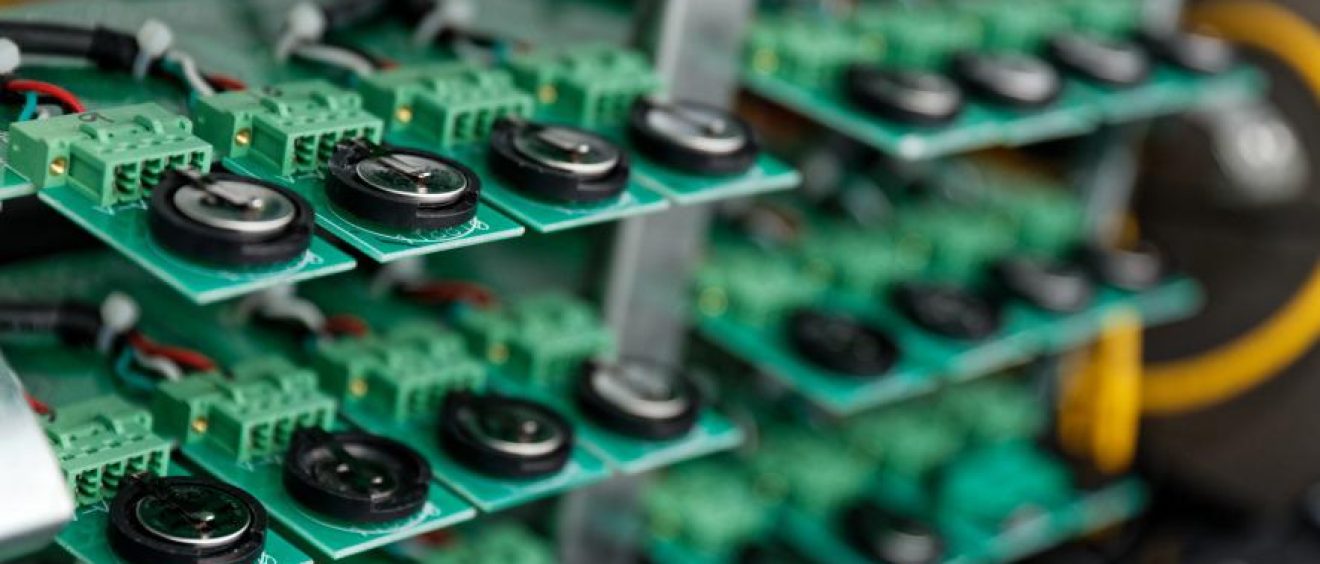
New Insights into Lithium-Ion Battery Failure Mechanism
Researchers have identified one of the reasons why state-of-the-art nickel-rich battery materials become fatigued after prolonged use.
Lithium-ion batteries used by EVs are likely to dominate the EV market for the foreseeable future, and nickel-rich lithium transition-metal oxides are the state-of-the-art choice for the positive electrode, or cathode, in these batteries.
Currently, most EV batteries contain significant amounts of cobalt.
However, cobalt can cause severe environmental damage, so researchers have been looking to replace it with nickel.
Nickel-rich materials degrade much faster and require additional study to be commercially viable for applications, such as EVs.
“To fully function, battery materials need to expand and shrink as the lithium ions move in and out,” said Dr. Chao, first author of the article.
“However, after prolonged use, we found that the atoms at the surface of the material had rearranged to form new structures that are no longer able to store energy.”
What’s worse is that these areas of reconstructed surface apparently act as stakes that pin the rest of the material in place and prevent it from the contraction, which is required to reach the fully charged state.
With this knowledge, the researchers are now seeking effective countermeasures, such as protective coatings and functional electrolyte additives, to mitigate this degradation process and extend the lifetime of such batteries
Source: University of Cambridge
